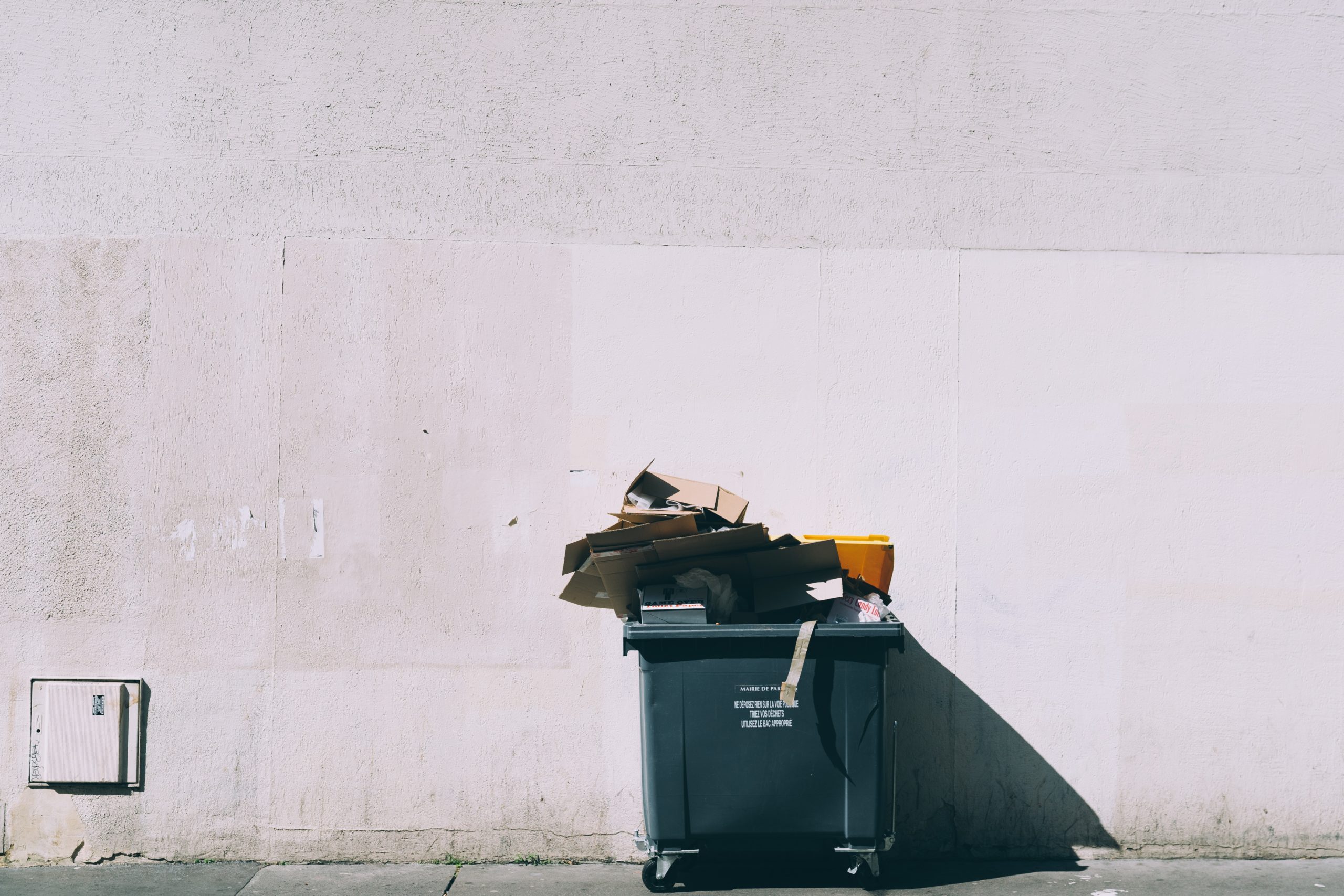Why is it important?
The world generates 25 billion tons of solid waste every year, half of which is industrial waste, followed by agricultural waste (4.7 billion tons), construction waste (4.2 billion tons), and municipal waste (2.01 billion tons). Hazardous and medical waste account for 1.2 billion tons (1).
The environmental impact of waste significantly varies based on its type and the specific country where it is disposed of.
Globally, it is estimated that municipal waste produces approximately 1.6 billion tonnes of CO2e, which constitutes almost 5% of total global emissions (2), and industrial waste would account for up to 3.9% (3). The generation of municipal solid waste is increasing; from 2.01 billion tonnes in 2016, it is anticipated to rise to 3.4 billion tonnes by 2050. Currently, only 13.5% of municipal solid waste is recycled, and 33% is disposed of in open dumps. (2)
The majority of the climate impact of waste stems from greenhouse gases emitted during decomposition in landfills or from uncontrolled incineration. In addition to greenhouse gases, toxic substances from waste can contaminate the air, water, and soil, posing significant risks to human health and the environment.
Domain/Areas
-
#1 Waste management principles
The general waste management principles are the same for all types of wastes:
- Identify and monitor the waste generated.
- Reduce waste.
- Repair, reuse items.
- Sort, store, and collect waste properly.
- Recycle waste.
- Ensure responsible final treatment.
- Raise staff awareness.
See area factsheet Waste management principles.
-
#2 Non-hazardous waste
Non-hazardous waste is solid waste that does not pose an immediate threat to human or environment health. However, even such waste can have negative and even dangerous effects if it is mismanaged, especially in countries missing sufficient infrastructure and regulation.
See area factsheet Non-hazardous waste.
-
#3 Hazardous waste
Hazardous waste are solid, liquid, or gaseous waste classified as hazardous due to their toxic, reactive, ignitable, corrosive, infectious, or radioactive characteristics. Garage waste, electronic waste, medical waste, chemical waste or batteries, for example, require specific storage and treatment.
See area factsheet Hazardous waste.
Featured
Waste management principles

Hazardous waste

Non hazardous waste

Sources
(1) World Bank. What a waste global database [Internet]. Worldbank.org. 2024 [cited 2024 Apr 5]. Available here.
(2) Kaza S, Yao L, Bhada-Tata P, Woerden F. WHAT A WASTE 2.0 A Global Snapshot of Solid Waste Management to 2050 OVERVIEW World Bank, in World Bank, 2021. Available here.
(3) Figure 2.12 in Parmesan, C., M.D. Morecroft, Y. Trisurat, R. Adrian, G.Z. Anshari, A. Arneth, Q. Gao, P. Gonzalez, R. Harris, J. Price, N. Stevens, and G.H. Talukdar, 2022: Terrestrial and Freshwater Ecosystems and their Services. In: Climate Change 2022: Impacts, Adaptation, and Vulnerability. Contribution of Working Group II to the Sixth Assessment Report of the Intergovernmental Panel on Climate Change [H.-O. Pörtner, D.C. Roberts, M. Tignor, E.S. Poloczanska, K. Mintenbeck, A. Alegría, M. Craig, S. Langsdorf, S. Löschke, V. Möller, A. Okem, B. Rama (eds.)]. Cambridge University Press, Cambridge, UK and New York, NY, USA, pp. 197-377, doi:10.1017/9781009325844.004.
(4) Eurostat, ‘Greenhouse gas emissions from waste’. in ec.europa.eu, 2020. Available here.
Credits
Cover photo © Jilbert Ebrahimi/Unsplash.
Recycling waste in developing countries

Composting

